0 引言
1 研究背景
2 富有机质页岩基本特征
3 孔隙发育特征
3.1 孔隙度
3.2 孔隙类型
图8 JY1井筇竹寺组富有机质泥质页岩SEM微观特征(a)充填于黄铁矿晶间有机质发育海绵状孔隙, 3 288.46m ,50 000×;(b)充填于石英矿物骨架间有机质发育海绵状孔, 3 290.23m,50 000×;(c)残余原生有机质内发育许多微小孔隙, 3 296.8m, 120 000×;(d)黏土矿物晶间孔未被有机质充填,与黏土矿物共存的有机质发育海绵状孔隙, 3 296.8m,25 000× Fig.8 SEM characterization of organic-rich Qiongzhusi Formation shale from Well JY1 |
图9 HY1井九门冲组富有机质硅质页岩SEM微观特征(a)10 000×,2 388m,条带状残余原生有机质(红箭头)不发育孔隙,充填状次生有机质(黄箭头)发育海绵状孔隙;(b)65 000×,2 388m,残余原生有机质放大,不发育孔隙;(c)120 000×,2 398m,充填于矿物骨架间的有机质发育海绵状孔隙,石英矿物发育粒内孔;(d)65 000×,2 406m,充填于石英矿物骨架间的有机质发育海绵状孔隙,石英矿物发育粒内孔 Fig.9 SEM characterization of organic-rich Jiumenchong Formation shale from Well HY1 |
图10 EY1井水井沱组富有机质硅质页岩SEM微观特征(a)25 000×,3 822m,充填于石英矿物骨架间有机质基本不发育孔隙;(b)20 000×,3 845m,有机质发育不规则形态的孔隙,孔径分布不均;(c)80 000×,3 890m,有机质零星发育少量孔隙,孔径较小;(d)7 000×,3 912m,充填于石英矿物骨架间有机质不发育孔隙 Fig.10 SEM characterization of organic-rich siliceous shale of Shuijingtuo Formation from Well EY1 |
3.3 孔隙结构
3.4 比表面积和孔容
表1 下寒武统富有机质页岩比表面积和孔容数据Table 1 Specific surface areas and pore volumes of Lower Cambrian organic-rich shale |
| 井号 | 深度/m | TOC /% | 总孔容 /(cm3/100g) | 非微孔孔容 /(cm3/100g) | 微孔孔容 /(cm3/100g) | 比表面积 /(m2/g) | 非微孔比表面积 /(m2/g) | 微孔比表面积 /(m2/g) |
|---|---|---|---|---|---|---|---|---|
| JY1 | 3 288.95 | 1.00 | 1.12 | 0.73 | 0.39 | 11.59 | 1.71 | 9.88 |
| 3 290.8 | 1.56 | 0.94 | 0.48 | 0.45 | 13.37 | 1.81 | 11.56 | |
| 3 292.1 | 1.25 | 1.00 | 0.65 | 0.35 | 11.41 | 2.87 | 8.55 | |
| 3 296.8 | 3.01 | 1.85 | 1.43 | 0.42 | 17.63 | 7.75 | 9.88 | |
| 3 298.2 | 2.10 | 0.91 | 0.39 | 0.52 | 14.71 | 1.60 | 13.11 | |
| HY1 | 2 371 | 7.48 | 1.69 | 0.97 | 0.72 | 22.01 | 1.35 | 20.66 |
| 2 374 | 7.31 | 1.19 | 0.47 | 0.72 | 20.96 | 2.57 | 18.39 | |
| 2 378 | 5.53 | 0.92 | 0.46 | 0.46 | 13.07 | 1.26 | 11.81 | |
| 2 383 | 5.24 | 1.60 | 0.96 | 0.64 | 19.46 | 3.56 | 15.89 | |
| 2 388 | 3.46 | 1.51 | 0.92 | 0.59 | 18.85 | 4.67 | 14.17 | |
| 2 392 | 5.15 | 1.54 | 1.06 | 0.48 | 16.23 | 4.55 | 11.68 | |
| 2 398 | 5.08 | 1.39 | 0.88 | 0.52 | 15.08 | 1.90 | 13.18 | |
| 2 402 | 5.61 | 1.42 | 0.82 | 0.60 | 17.89 | 2.65 | 15.25 | |
| 2 406 | 4.87 | 2.01 | 1.34 | 0.67 | 23.47 | 8.13 | 15.34 | |
| 2 411 | 5.71 | 1.88 | 1.25 | 0.63 | 22.86 | 7.94 | 14.92 | |
| 2 414 | 5.89 | 1.84 | 1.27 | 0.58 | 21.89 | 7.94 | 13.95 | |
| 2 417 | 3.77 | 2.20 | 1.87 | 0.33 | 19.34 | 12.41 | 6.93 | |
| 2 420.39 | 5.55 | 1.73 | 1.31 | 0.43 | 18.54 | 8.60 | 9.94 | |
| 2 422.5 | 6.92 | 1.20 | 0.83 | 0.37 | 13.78 | 4.93 | 8.85 | |
| EY1 | 3 814.9 | 8.95 | 0.64 | 0.64 | 0 | 3.94 | 3.94 | 0 |
| 3 835.12 | 5.86 | 0.83 | 0.83 | 0 | 8.29 | 8.29 | 0 | |
| 3 844.9 | 5.75 | 0.66 | 0.66 | 0 | 3.70 | 3.70 | 0 | |
| 3 857.85 | 2.29 | 1.31 | 1.31 | 0 | 3.99 | 3.99 | 0 | |
| 3 877.08 | 1.2 | 0.93 | 0.93 | 0 | 1.53 | 1.53 | 0 | |
| 3 901.45 | 7.44 | 0.57 | 0.57 | 0 | 1.59 | 1.59 | 0 |



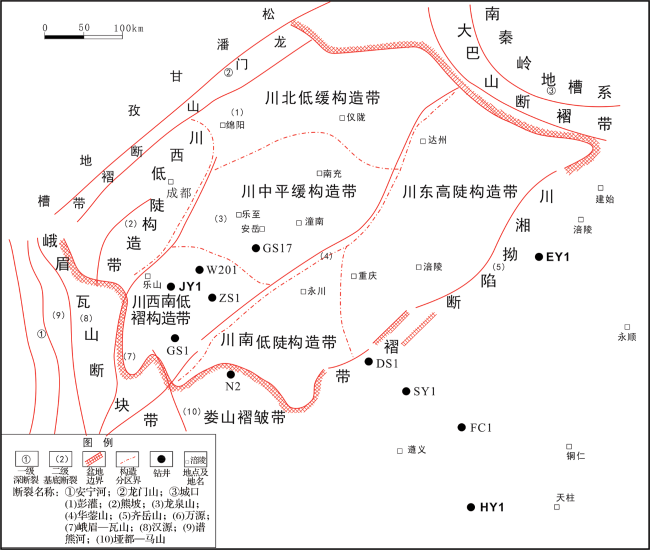
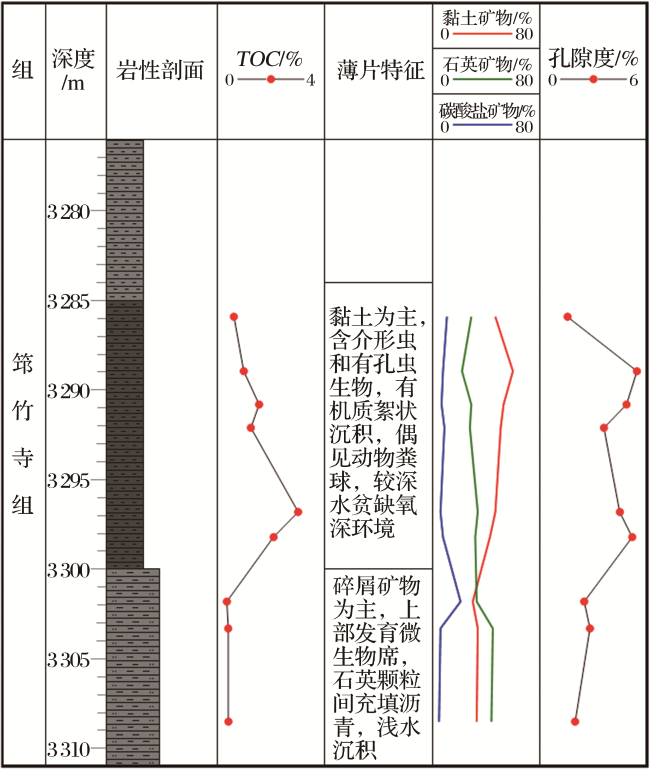
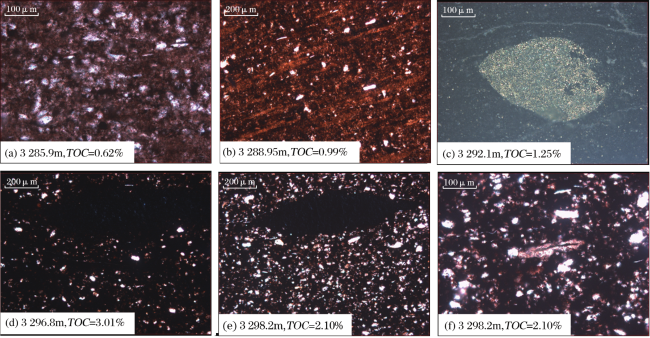
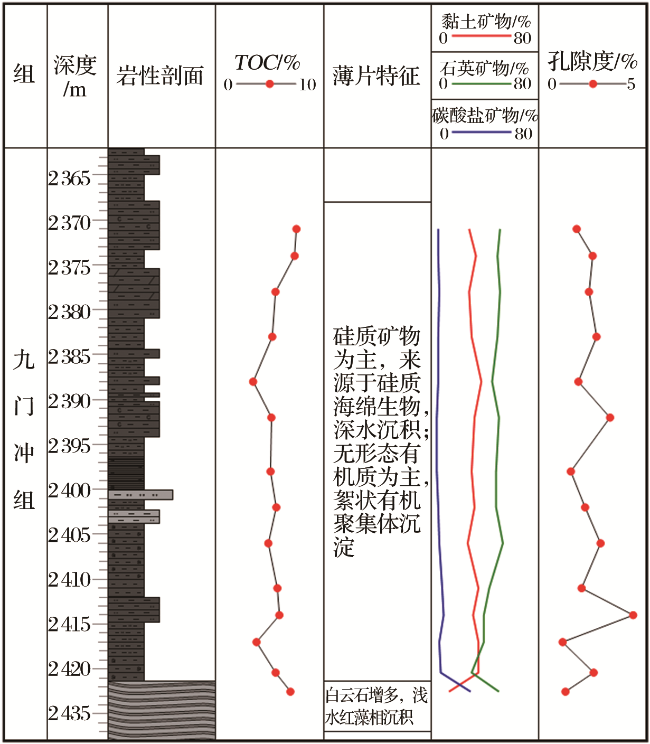
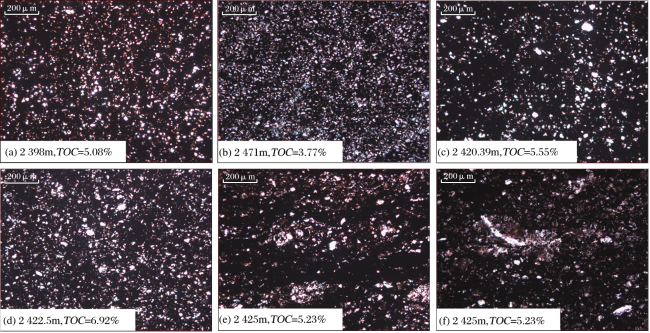
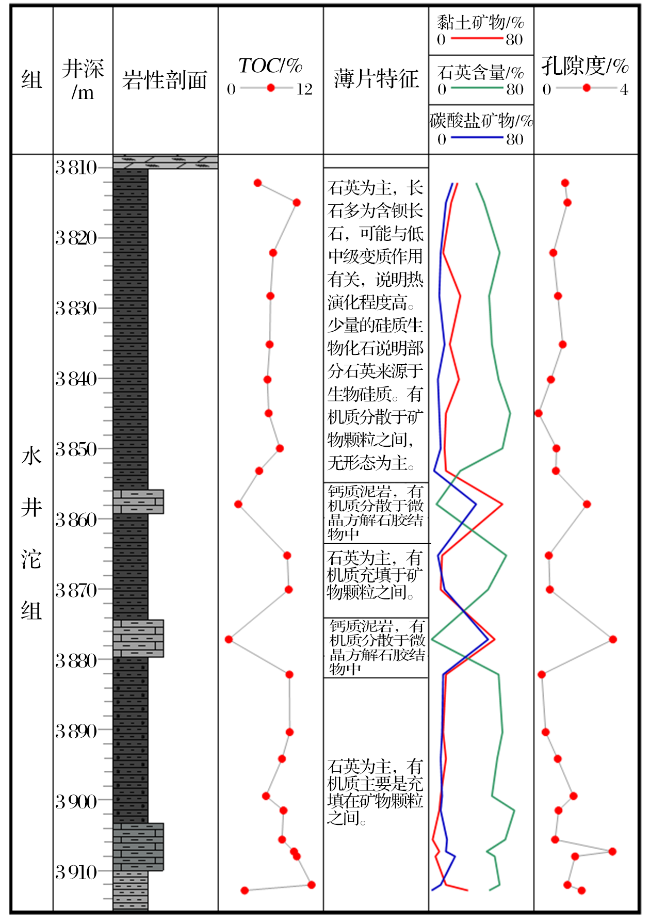
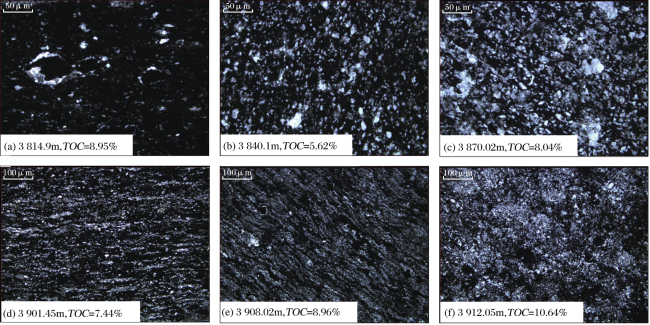
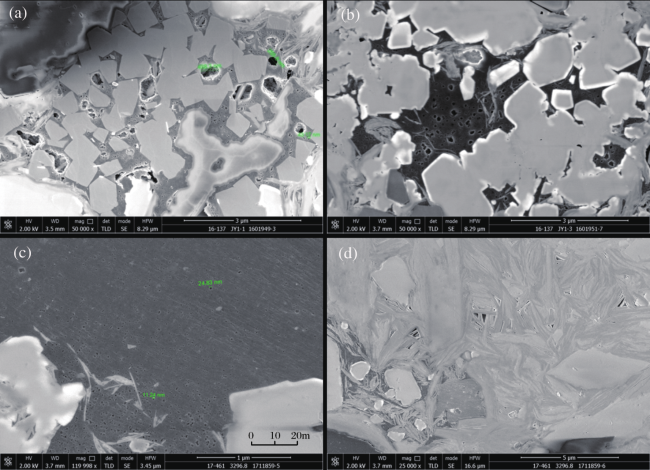
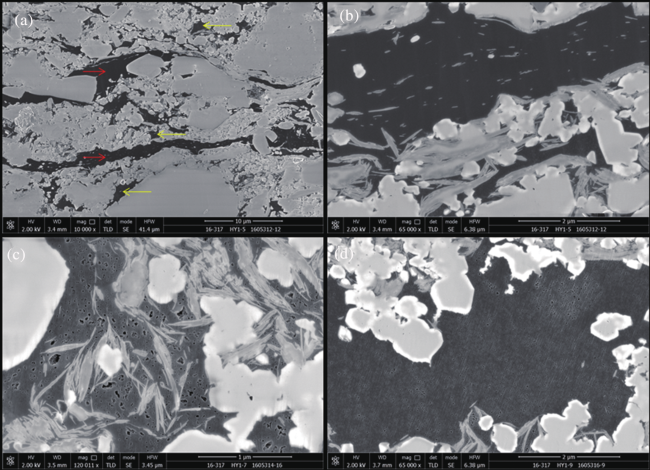
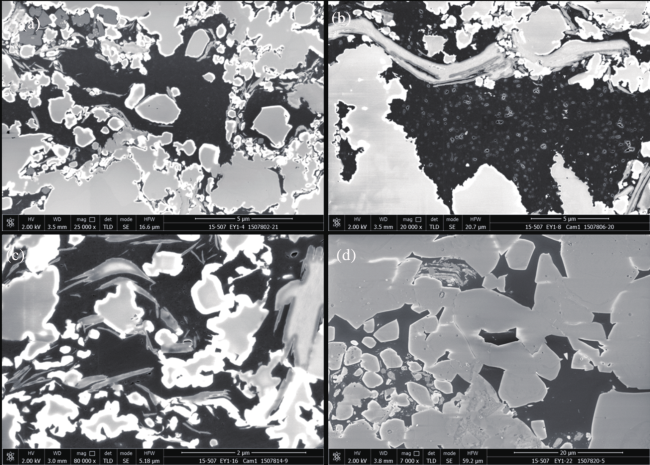
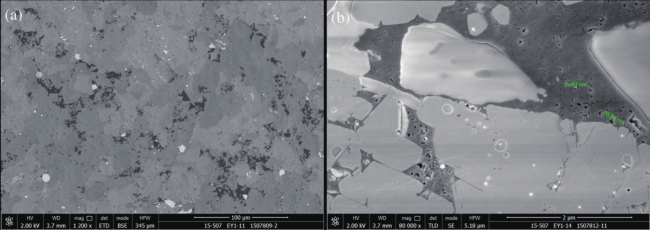
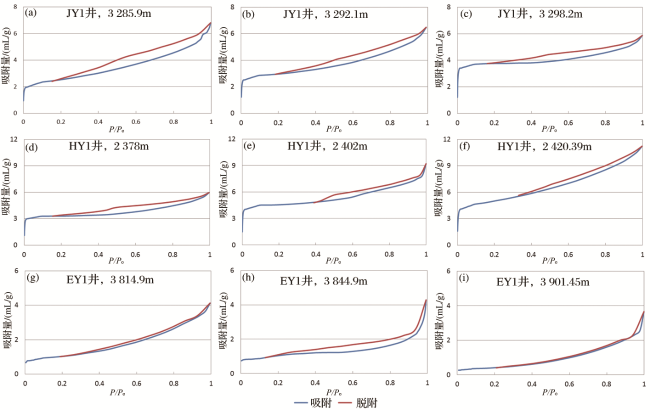
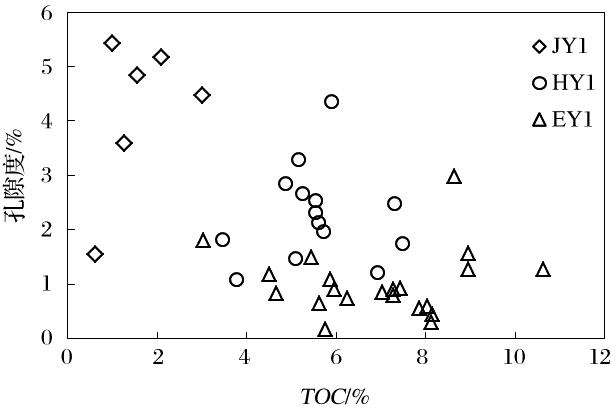
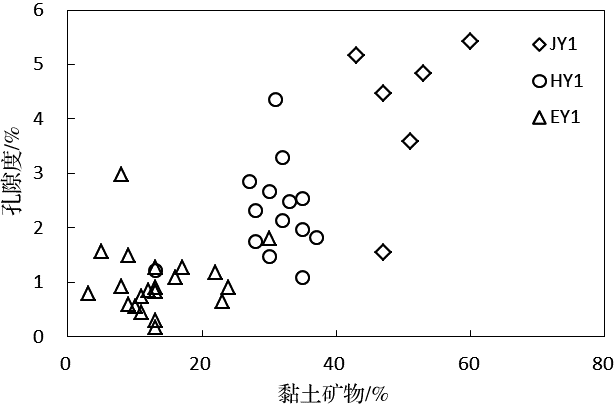
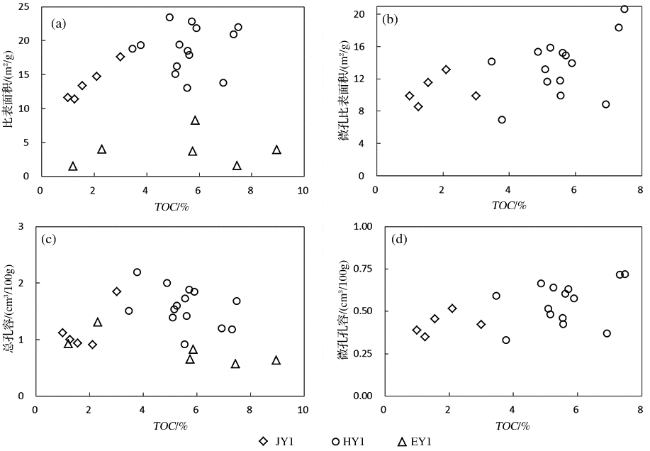
 甘公网安备 62010202000678号
甘公网安备 62010202000678号